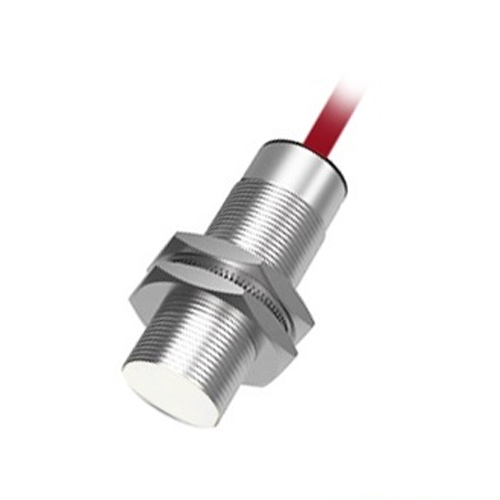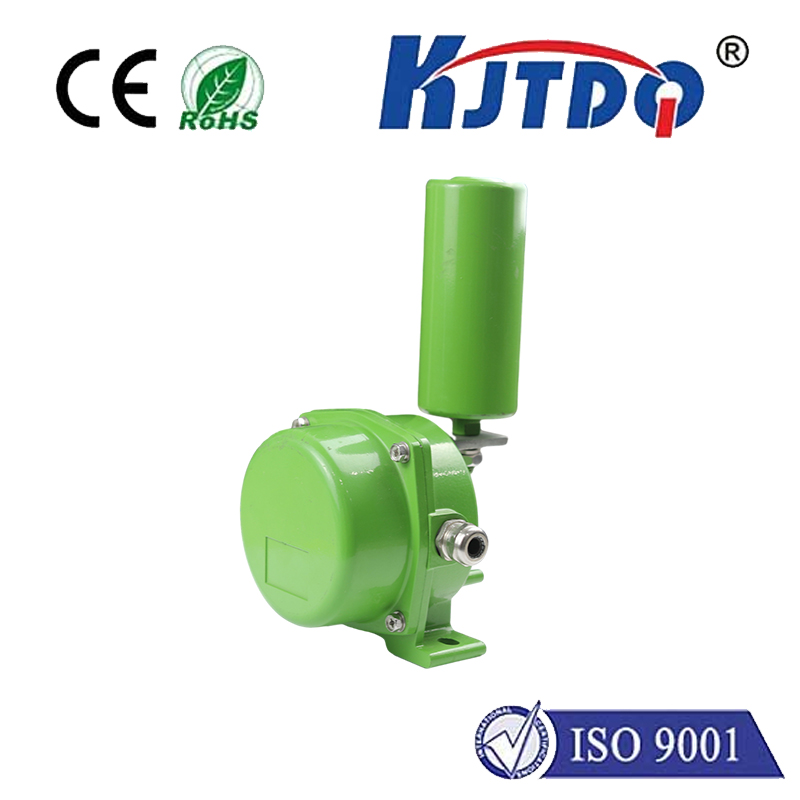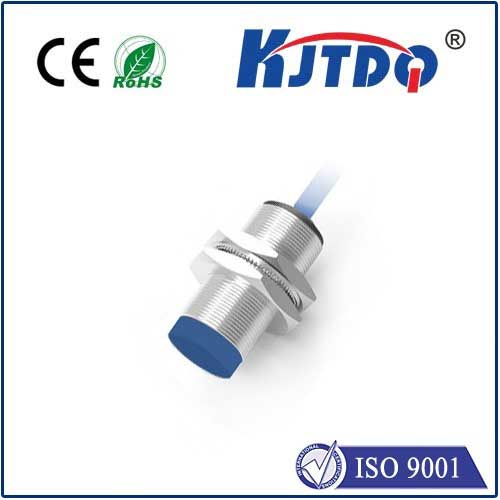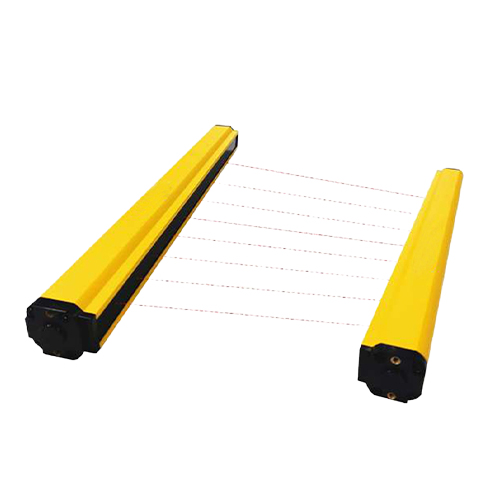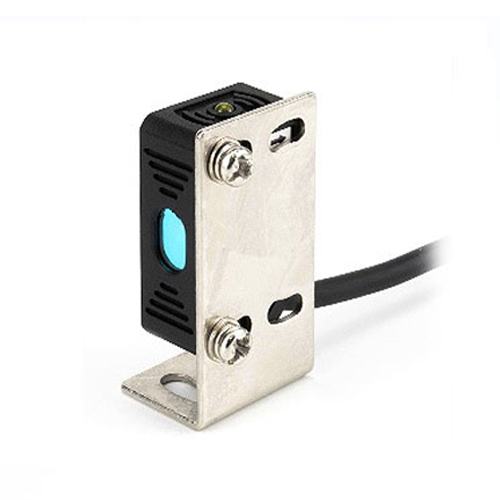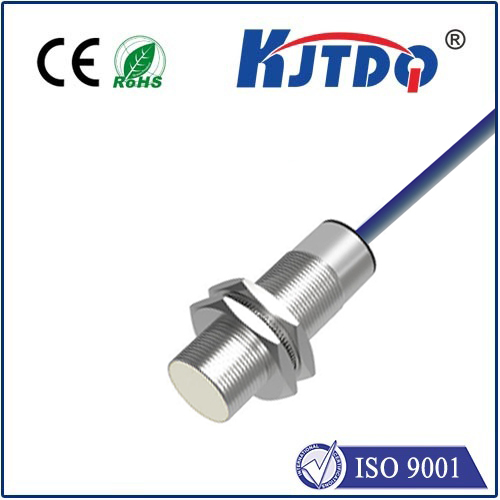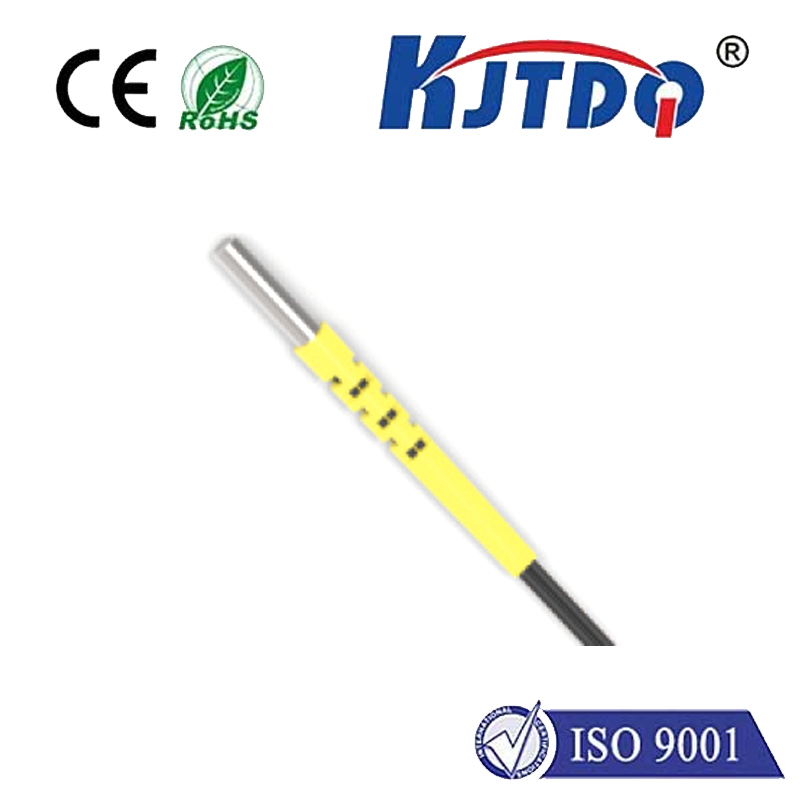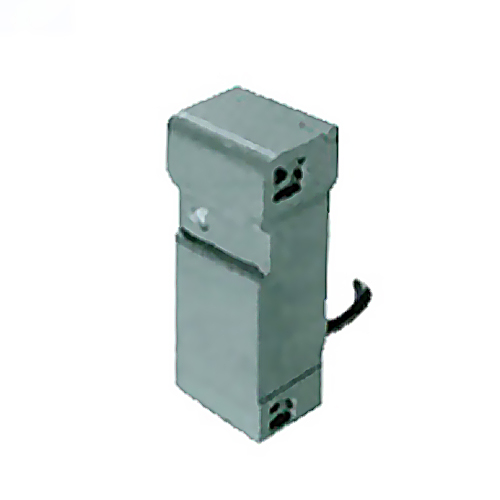

check

check

check

check

check

check

check

check

check

check
Photoelectric Speed Sensor Encoder: Revolutionizing Precision Measurement
The photoelectric speed sensor encoder is a cutting-edge technology that has revolutionized the field of precision measurement. By combining the principles of photoelectricity and encoding, this innovative device provides unparalleled accuracy and reliability in measuring speed and position. In this article, we will explore the features and benefits of the photoelectric speed sensor encoder and its applications in various industries.
Firstly, let's understand what a photoelectric speed sensor encoder is. It consists of a light source, typically an LED or laser diode, which illuminates a coded disk or pattern. The light is then detected by a photodiode or phototransistor, which converts it into an electrical signal. This signal is processed by an electronic circuit to determine the speed and position of the object being measured.

One of the key advantages of the photoelectric speed sensor encoder is its high resolution. Unlike traditional mechanical encoders, which may have limitations due to wear and tear or environmental factors, the photoelectric encoder can achieve very high resolutions, even up to sub-micron levels. This makes it ideal for applications where precise speed and position measurements are critical, such as robotics, automation, and scientific research.
Another benefit of the photoelectric speed sensor encoder is its immunity to external disturbances. Since it relies on optical signals rather than mechanical contacts, it is less prone to errors caused by vibration, shock, or temperature changes. This makes it suitable for use in harsh environments, such as industrial plants or outdoor applications.
Moreover, the photoelectric speed sensor encoder offers excellent repeatability and long-term stability. Once calibrated, it maintains its accuracy over extended periods without the need for frequent adjustments or maintenance. This reduces downtime and operational costs, making it a cost-effective solution for businesses looking to improve their productivity and efficiency.
In addition to its technical advantages, the photoelectric speed sensor encoder also offers design flexibility. It can be customized to fit specific applications, with different coded patterns and configurations available to suit various requirements. This allows engineers and designers to optimize their systems for maximum performance and compatibility.
The photoelectric speed sensor encoder has found numerous applications across various industries. In manufacturing, it is used for precise control of machine tools, conveyors, and packaging equipment. In automotive engineering, it enables accurate speed measurement for testing and quality control purposes. In aerospace and defense, it plays a crucial role in navigation systems and guidance mechanisms for missiles and aircraft.
Furthermore, the photoelectric speed sensor encoder has also made significant contributions to the field of scientific research. It is used in laboratories for precise measurements of velocity, acceleration, and displacement, providing valuable data for experiments and analysis.
In conclusion, the photoelectric speed sensor encoder represents a significant advancement in precision measurement technology. With its high resolution, immunity to external disturbances, repeatability, and design flexibility, it offers numerous benefits over traditional mechanical encoders. As we continue to push the boundaries of science and technology, the photoelectric speed sensor encoder will undoubtedly play a vital role in driving innovation and improving accuracy in various fields.
